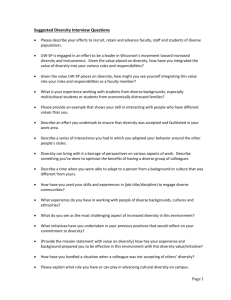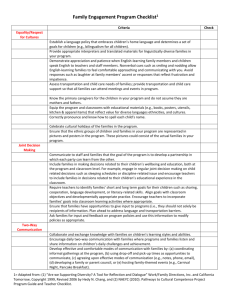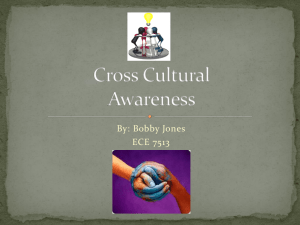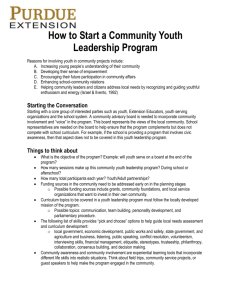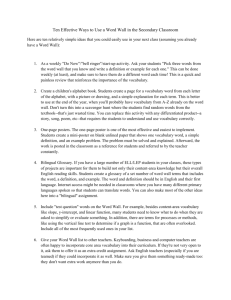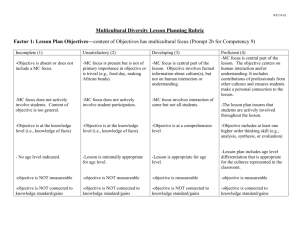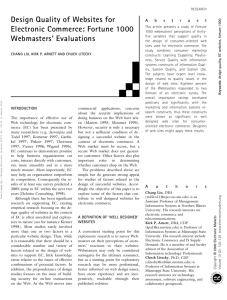STANDARD II: TEACHERS ESTABLISH A RESPECTFUL
advertisement
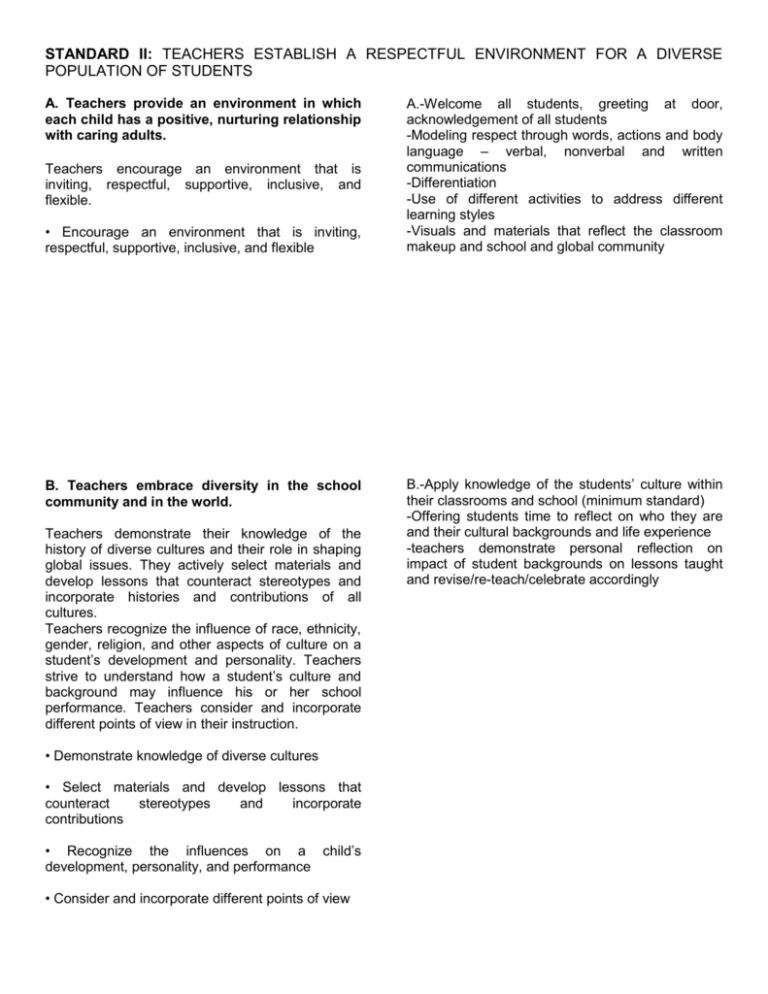
STANDARD II: TEACHERS ESTABLISH A RESPECTFUL ENVIRONMENT FOR A DIVERSE POPULATION OF STUDENTS A. Teachers provide an environment in which each child has a positive, nurturing relationship with caring adults. Teachers encourage an environment that is inviting, respectful, supportive, inclusive, and flexible. • Encourage an environment that is inviting, respectful, supportive, inclusive, and flexible B. Teachers embrace diversity in the school community and in the world. Teachers demonstrate their knowledge of the history of diverse cultures and their role in shaping global issues. They actively select materials and develop lessons that counteract stereotypes and incorporate histories and contributions of all cultures. Teachers recognize the influence of race, ethnicity, gender, religion, and other aspects of culture on a student’s development and personality. Teachers strive to understand how a student’s culture and background may influence his or her school performance. Teachers consider and incorporate different points of view in their instruction. • Demonstrate knowledge of diverse cultures • Select materials and develop lessons that counteract stereotypes and incorporate contributions • Recognize the influences on a child’s development, personality, and performance • Consider and incorporate different points of view A.-Welcome all students, greeting at door, acknowledgement of all students -Modeling respect through words, actions and body language – verbal, nonverbal and written communications -Differentiation -Use of different activities to address different learning styles -Visuals and materials that reflect the classroom makeup and school and global community B.-Apply knowledge of the students’ culture within their classrooms and school (minimum standard) -Offering students time to reflect on who they are and their cultural backgrounds and life experience -teachers demonstrate personal reflection on impact of student backgrounds on lessons taught and revise/re-teach/celebrate accordingly C. Teachers treat students as individuals. Teachers maintain high expectations, including graduation from high school, for students of all backgrounds. Teachers appreciate the differences and value the contributions of each student in the learning environment by building positive, appropriate relationships. • Maintain high expectations for all students • Appreciate differences and value contributions by building positive, appropriate relationships D. Teachers adapt their teaching for the benefit of students with special needs. Teachers collaborate with the range of support specialists to help meet the special needs of all students. Through inclusion and other models of effective practice, teachers engage students to ensure that their needs are met. • Collaborate with specialists • Engage students and ensure they meet the needs of their students through inclusion and other models of effective practice D. -IEP conference planning -Implementation of IEP across settings -Communication with therapists -Collaboration with parents/guardians -Professional development on models of effective practice in working with the various disabilities -SWD actively included at their ability levels E. Teachers work collaboratively with the families and significant adults in the lives of their students. Teachers recognize that educating children is a shared responsibility involving the school, parents or guardians, and the community. Teachers improve communication and collaboration between the school and the home and community in order to promote trust and understanding and build partnerships with all segments of the school community. Teachers seek solutions to overcome cultural and economic obstacles that may stand in the way of effective family and community involvement in the education of their students. • Improve communication and collaboration between the school and the home and community • Promote trust and understanding and build partnerships with school community • Seek solutions to overcome obstacles that prevent family and community involvement



